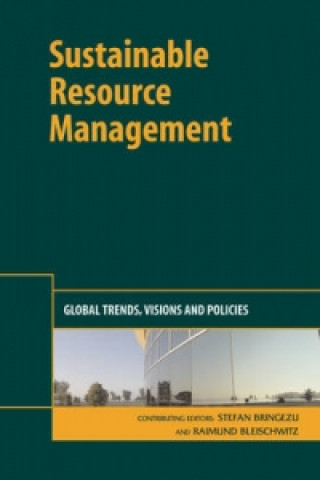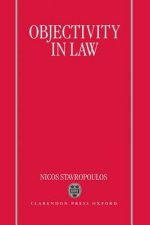
Livrare
Consilier de cumpărături





Nu se pretează? Nu contează! La noi puteți returna bunurile în 30 de zile
 Voucher cadou
orice valoare
Voucher cadou
orice valoare
Cu un voucher cadou nu veți da greș. În schimbul voucherului, destinatarul își poate alege orice din oferta noastră.
Sustainable Resource Management
 engleză
engleză
 549 b
549 b
30 de zile pentru retur bunuri
Ar putea de asemenea, să te intereseze


Sustainable Resource Management is the result of years of exhaustive research by Germany's Wuppertal Institute. Looking at material flows, industrial and societal metabolism and their implications for the economy, this important new book provides radical perspectives on how the global economy should use natural resources in intelligent ways that maximise well-being without destroying life-supporting ecosystems. It presents a vision of the future and the fundamental elements necessary for the sustainable management of the Earth's resources. It argues that the need to manage the use of our natural resources at a sustainable level can be shaped into a great opportunity for innovation and for new institutions to govern change. Sustainable Resource Management first provides an overview of the methods it has used to analyse the physical basis of our economies, from the product and firm level through to sectors and whole countries, considering material flows and life-cycle-wide impacts on the environment. Indicators are described that reflect the volume, structure and physical growth of the socio-industrial metabolism, resource productivity and the share of domestic and foreign resource use. By accounting for the global land use of different countries and regions, the book aims to better assess the global implications of domestic activities. For example, linkages are made between the consumption of food and non-food to land use change, such as the expansion of cropland at the expense of natural ecosystems. Sustainable Resource Management presents a number of key findings. Comparing the resource use of the EU with the USA, Japan and China, it determines why there is a difference. It provides evidence about the decoupling of resource use from economic growth, at the expense of an increased reliance on foreign supply. There are two closely analysed case studies, on platinum group metals (PGM) and biofuels, which provide insights into the key drivers of resource use and related problem shifting. Another key finding is that only a limited number of sectors, both on the production and consumption side, are actually associated with major resource requirements and atmospheric emissions - so synergies between resource conservation and climate protection can be found. Evidence is also given of a possible link between a low level of resource productivity and a high risk of unemployment. Sustainable Resource Management also looks into the future and provides visions of sustainable resource use, including the necessary conditions for a sustainable metabolism in the EU. Four example-rich visions are laid out approaching the future from different angles: the resource-efficient and recycling-based industry, the steady-stocks society, the solarised technosphere, and the balanced bio-economy. Each examines key conditions for a low-risk and high-opportunity future, while accounting for likely trade-offs between dematerialisation and rematerialisation, between renewable energy sources and non-renewable materials, between construction and deconstruction of buildings and infrastructures, and between domestic production and the import of biomass products. Finally, Sustainable Resource Management provides a blueprint for how a more sustainable future may be achieved. It analyses the legitimacy of public policies for sustainable resource management, looks at market deficits and barriers, and considers the global nature of the challenge. Crucially, it lays down the key elements of a strategy roadmap: First, better information, dissemination and knowledge generation. Second, innovative market policies to encourage new business models. Third, industry-specific policies - particularly where current resource use patterns are significant and a huge demand for adaptation and system innovation exist, such as in automotive or metal production. Last but not least, an international convention on sustainable resource management is proposed. This significant new book will be essential reading for researchers, EU and national governmental officials; and business and NGOs with an interest in concepts, strategies and instruments to improve resource productivity and sustainable resource management from the regional and sectoral levels to the international level.
Informații despre carte
 engleză
engleză
Categorii




 Cum să cumpăr
Cum să cumpăr

























